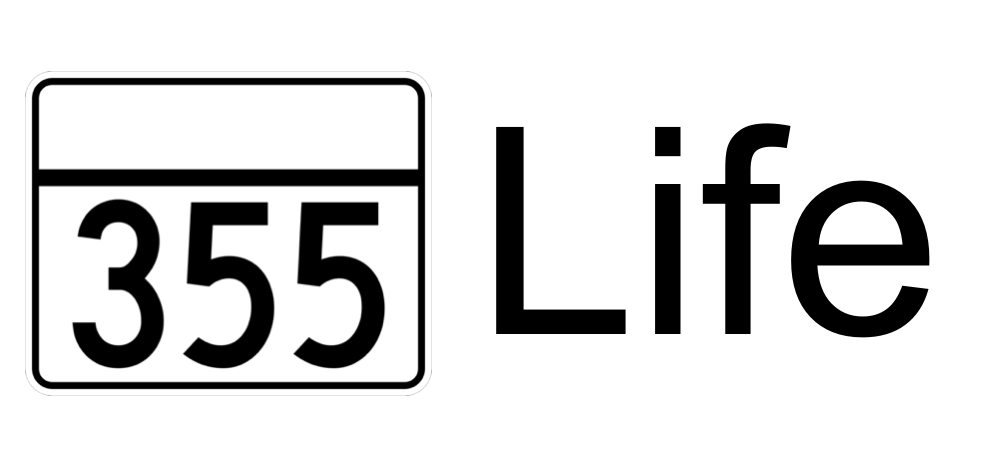Emergency Preparation Checklist: House Edition
Emergencies and disasters, both of which we will not always be able to predict. At the least, we may be able to prepare for them. Here are some ways we can do so:
Article: https://www.goodhousekeeping.com/home/organizing/tips/a14162/disaster-preparedness-tips/
Understand the types of disasters in your area
Each state has their own type of natural disasters. In this case, google disasters relevant to your state to learn more about them. Here is a brief list of disasters that you may find in your search:
Earthquakes
Wildfires
Blizzards
Floods
Tornadoes
Storms
Hurricanes
Receive emergency alerts for disaster-related information
Phone service providers should have the option to send you notifications regarding natural disasters. FEMA and the Red Cross even provide mobile applications for on-the-go news.
Prepare an Emergency Kit
The Federal Emergency Management Agency recommends to have the following supplies ready for emergency uses:
Three days worth of food/water supplies
Expect to have at the least, a gallon of water per household member
Battery powered/hand crank flashlights and radios
First aid kit(s)
Whistle to call for help
Trash bags
Duct tape
Wrenches, pliers, or tools of the like
Regional maps
Non-perishable foods
Develop an action plan
Having designated areas to meet with friends and family is a useful strategy to have. Mark these on a map that you can attach with your emergency kit. Having all important contacts written down will be useful too, should you not have the ability to charge your phone.
Ensure all foods are stored properly
The U.S. Department of Agriculture Food Safety and Information Services (FSIS) recommends to store foods properly to be able to salvage the items later. Freeze all foods that you do not need right away and fill up the freezer with as much ice as possible. This will help to keep your freezer and food frozen in case the power goes out.
Coming back home
After a disaster, checking for structural damage is very important. Everyone wants to be able to return home, however, there may be many hazards that we may overlook. Inspecting appliances will be helpful too. We would want to make sure that there are no exposed wires that can cause fires. Be sure to document all damages as well. You will need to do this, in the case of an insurance claim.
Article: https://www.investopedia.com/terms/p/property-insurance.asp
Property Insurance: What does it cover?
In the case of natural disasters, property insurance may just have your back. This type of insurance includes many policies, including homeowners insurance, renters insurance, earthquake insurance, and flood insurance. However, let us first understand what property insurance covers.
Property insurance has three types of property insurance coverage: replacement cost, actual cash value, and extended replacement costs. Replacement cost will cover any repairs or replacements at the same or equal value. This takes into account the replacement cost rather than the actual values of the items. Actual cash value will cover how much the item is worth at the time of destruction. Extended replacement costs covers more than the coverage limit up to 25%. It is important to note that this is the case if the cost of construction has increased.
InsuredTY’s mission is to serve all families from all backgrounds with industry-grade Life Insurance. If you are in the market for Life Insurance email us at support@InsuredTY.com. Thanks for the support!
